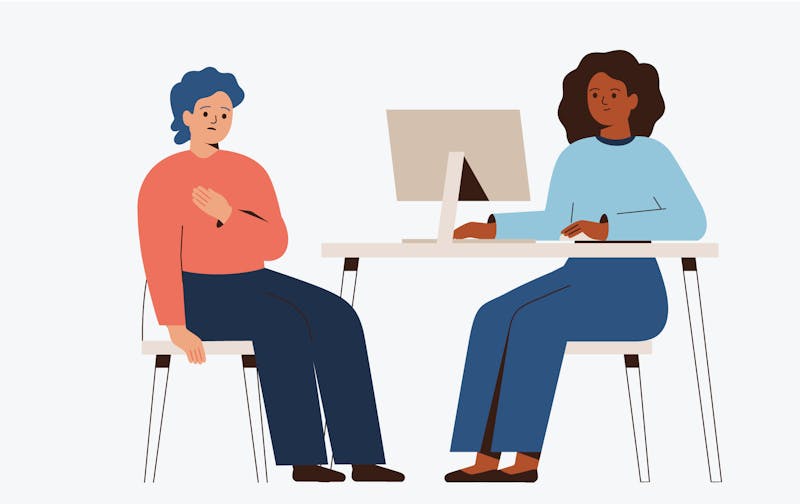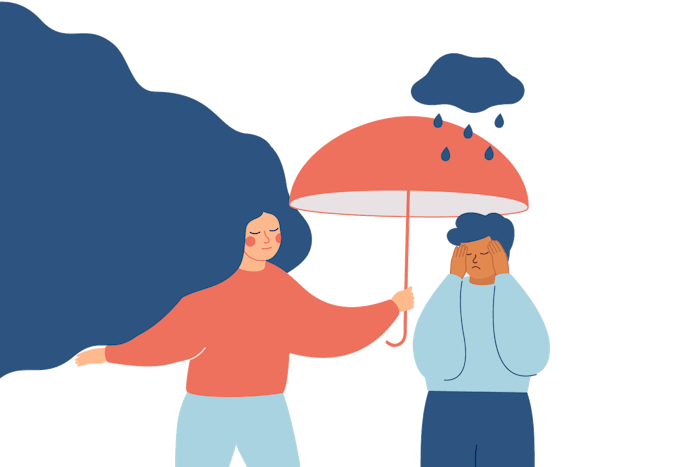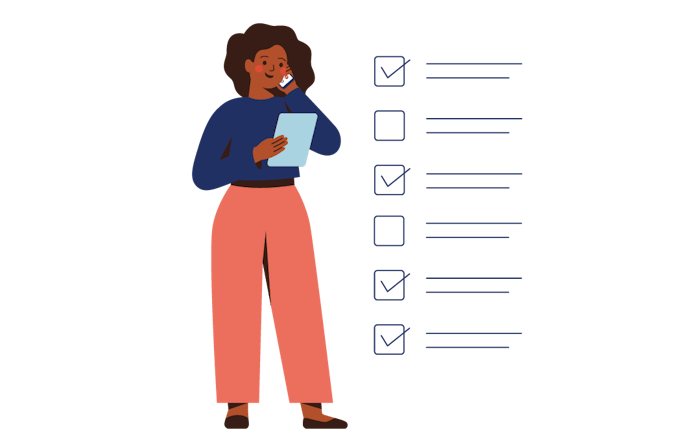Preparation
Your legal rights protection officer will prepare you for the statement and what to expect. It is also recommended to have them present during the statement itself. If you have yet to find a legal rights protection officer, you can get a list of lawyers from the police, request to be assigned one, or contact a lawyer you want to take on the case.
Location
The statement takes place in an interview room at the police station.
More about the statement
- The interview is recorded, both audio and video.
- In the room are you, an investigator with the police, and your legal rights protection officer. If you need an interpreter, they are also present.
- If you later realize that not everything came out in the statement, you can contact the investigator or your legal rights protection officer and ask to add information to the report. The investigator may then call you in again for a statement so that the additional information is on record.



